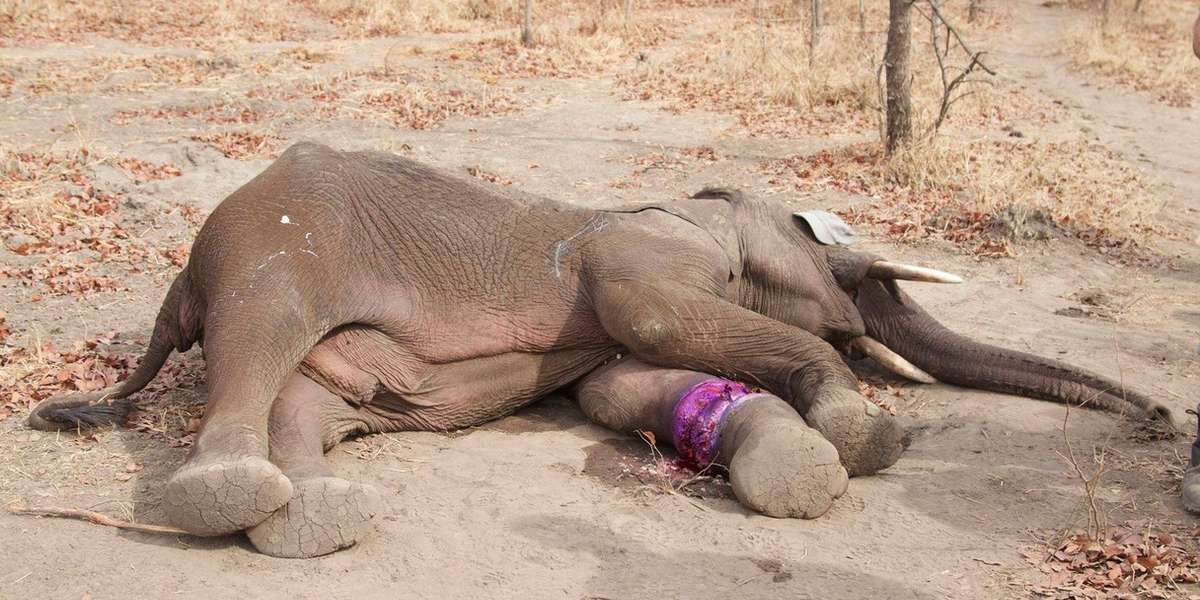In the heart-wrenching saga of an elephant’s resilience and the unwavering commitment of rescuers, a dangerous trap that shattered the trunk of a young elephant becomes a poignant story of survival, endurance, and eventual liberation. This tale unfolds in the challenging landscapes where human-wildlife conflicts and conservation efforts intersect, bringing to light the triumph of compassion and collective determination over adversity.

The harrowing journey begins with the discovery of a young elephant ensnared in a perilous trap set by poachers. The trap, designed to cause harm and exploit these majestic creatures, inflicts a severe injury to the elephant’s trunk, a vital and sensitive appendage crucial for feeding, communication, and overall well-being. The heartbreak resonates as the young elephant struggles against the cruel constraints of the trap, symbolizing the threats faced by wildlife in their natural habitats.

Conservationists and wildlife rescue teams swiftly mobilize upon learning about the distressed elephant. The urgency of the situation fuels their determination to free the captive animal and provide the necessary medical attention to address its critical injuries. The rescue mission becomes a collaborative effort involving local communities, wildlife authorities, and dedicated veterinarians who understand the urgency of saving a life and preserving the delicate balance of the ecosystem.
The process of extricating the elephant from the trap is meticulous and delicate, as the rescuers navigate the complexities of the situation to minimize further harm. The young elephant, displaying remarkable resilience, endures the challenges posed by the trap, awaiting the moment of liberation that promises relief from its suffering.
Upon successfully freeing the elephant from the trap, the focus shifts to rehabilitation and healing. Expert veterinarians employ innovative medical treatments and rehabilitation strategies to mend the broken trunk and restore the young elephant’s physical and psychological well-being. The journey of recovery becomes a testament to the strength of the human-wildlife bond, emphasizing the shared responsibility of protecting and preserving the natural world.
As days turn into weeks and weeks into months, the once-trapped elephant begins to exhibit signs of recovery and adaptation. Conservationists closely monitor its progress, ensuring a seamless integration back into its natural habitat. The elephant’s resilience becomes a source of inspiration, symbolizing the indomitable spirit of wildlife in the face of adversity.
The triumphant conclusion of this narrative highlights the impact of collective efforts in wildlife conservation. It underscores the importance of raising awareness, implementing stringent anti-poaching measures, and fostering coexistence between humans and wildlife. The young elephant’s story serves as a poignant reminder that, even in the face of grave challenges, compassion, dedication, and collaborative action can pave the way for the redemption of those who inhabit the wild spaces we are all responsible for protecting.
In the end, the once-trapped elephant roams freely once more, its trunk healed and its spirit unbroken. This saga of liberation transcends the individual elephant, resonating as a call to action for a world where wildlife can thrive, unencumbered by the dangers posed by traps and human interference.




